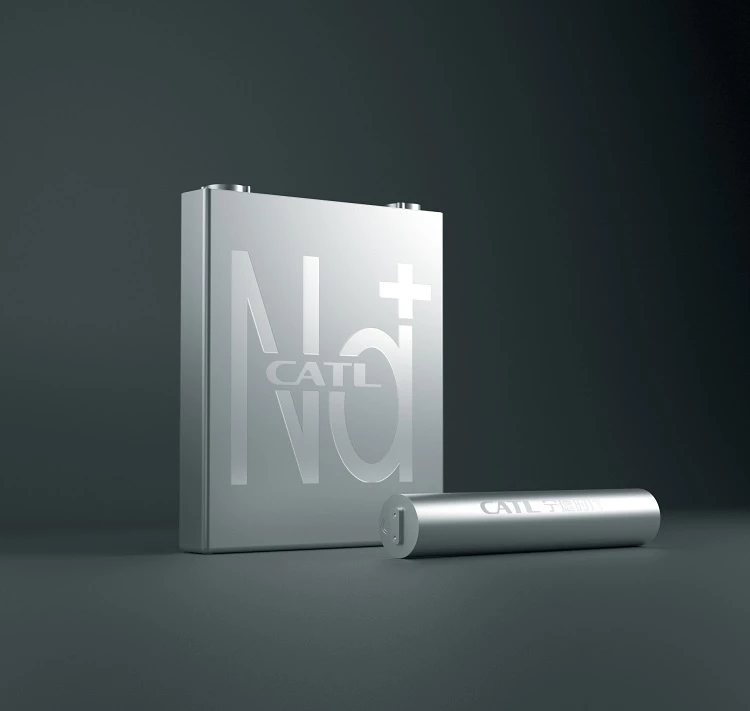A cheap and abundant material like salt might have plenty to offer the world of science, and one field where it could have game-changing effects is battery chemistry. Leveraging salt could help us avoid much of the cost and difficulty in sourcing scarcer lithium, and Chinese giant CATL is looking to lead the charge by launching its first commercial sodium-ion battery.
Like lithium batteries that power smartphones, laptops and much of the modern world, sodium batteries also shuttle ions between two electrodes as the device is charged and discharged. But sodium ions present a few problems that lithium ions don't. The ions are larger in size and are prone to creating impurities that can cut the battery life short. In addition, they don't offer anywhere near the energy density of tried and trusted lithium.
Researchers have put forward some promising solutions to these problems of late. Some have leant on extra salt to make the batteries go the distance, some have incorporated thin layers of copper to boost their performance, and others have managed to pack high energy densities into the industry standard 18650 format.
CATL says its researchers have overcome these issues with sodium-ion batteries by using a hard and porous carbon material for the anode and tweaking the structure of another material called Prussian White to rearrange the electrons. These form key components of the company's first commercial sodium-ion battery, which boasts some impressive performance figures.
It is claimed to have an energy density of up to 160 Wh/kg, which is a far cry from the density offered by lithium batteries of up to 285 Wh/kg, but is nothing to sneeze at in the world of sodium batteries. It can also be charged to 80 percent capacity in 15 minutes at room temperature, and maintain 90 percent of its capacity in temperatures of -20 °C (-4 °F).
To that end, CATL says its new sodium battery is well-suited to electric transportation, particularly in colder regions. It must be said, energy density of lithium batteries is one of the things holding electric transportation back, particularly when it comes to aviation, and a density of 160 Wh/kg is not going to solve that. There may, however, be niche applications for a far cheaper battery solution in some areas of transport, but CATL has also come up with a way to address this density issue.
Alongside its sodium battery, the company has also launched a mix-and-match storage solution it calls the AB battery. This incorporates both sodium-ion and lithium-ion cells in the one system, with a purpose-made algorithm managing the flow of energy, compensating for the lower density of the sodium-ion component and optimizing its performance.
The company claims the battery can also be adapted for use in larger-scale energy storage, placing it among a handful of other companies producing commercial sodium batteries for these purposes. CATL, which supplies batteries for Tesla, says that it plans to establish an industrial chain for deployment of its sodium battery in 2023.
Source: CATL




